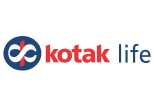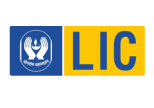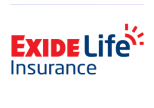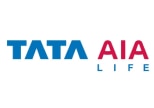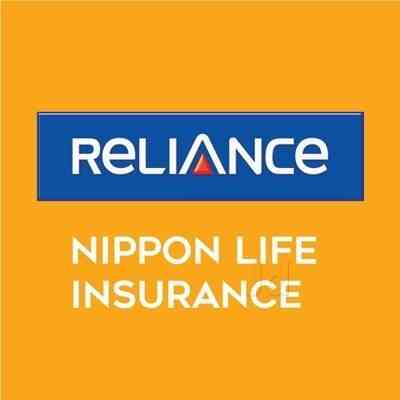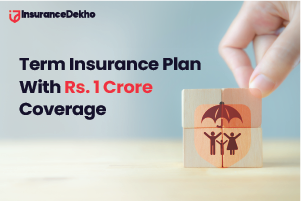Recognizing The Importance Of The EPF
Table of Contents
Employees’ Provident Fund (EPF) is a social security retirement benefit scheme which is available to all salaried employees in India. The EPF scheme is administered and maintained by the Employees Provident Fund Organisation of India (EPFO). Any organization with more than 20 employees must mandatorily register with the EPFO to provide EPF facility. All funds in the Employees’ Provident Fund are pooled together which is invested in a Trust that generates an annual interest of about 8 to 12% as mandated by the Government and the EPFO Board of Trustees. The rate of interest for the financial year 2019 – 20 is 8.65% p.a.

EPF is linked to you and not your employer, thus it is important to update your EPF information in case you change jobs so that your EPF Account continues to receive contributions. The corpus collected is provided as a lump sum amount to the employee after retirement for financial security.
How Is The EPF Amount Collected?
The corpus is collected by deducting a small portion of the salary of the employee every month along with some contribution from the employer also. 12% of your salary every month is deducted from your salary towards EPF contribution. Your employer further contributes equal to 12% of your salary, but out of that only 3.67% goes towards the EPF contribution. The rest of the 8.33% is contributed towards the Employees’ Pension Scheme (EPS).
Is EPF Mandatory?
For all employees earning Rs. 15,000 (including basic salary plus dearness allowance), contribution towards EPF is mandatory. Employees earning above Rs. 15,000 may voluntarily contribute towards EPF but there is no stipulation for such.
Tax Benefits under EPF
You are eligible for Income Tax Deductions for your EPF contributions under Section 80C of the Income Tax Act, of up to Rs. 1.5 Lakhs per annum. Further, the lump sum invested in your EPF. can be withdrawn totally exempt from Income Tax after a mandatory period of at least 5 years.
Forms Required
For withdrawal from your EPF Account, you need to submit a request in Form 11. If you do not have a UAN No., then the withdrawal request has to be submitted in Form 19. Please note, that the UAN scheme has been made mandatory since 2014, and only employees who have made contributions before 2014 can utilize Form 19. However, we highly recommend that you register for allotment of UAN No. as soon as possible.
Other Documents Required
All withdrawal forms and documents have to be submitted to the regional EPFO office. The following are the required documents (as applicable according to the reason for withdrawal).
- Employer’s Acknowledgment for withdrawal
- Loan Documents of the house
- Registration Documents of the house/ Sale Agreement
- Doctor’s Certificate
- Employer’s Certificate that the concerned family member is not covered under the EPF/ESIC facility
- Marriage Invitation Card
Conclusion
As a member, one can use the PF funds for an outright purchase, as a down payment for a home loan, for buying plots, for the construction of a house. The transactions can be made through central government, state government and even from a private builder, promoters or developers. Only those members who have completed 3 years as a PF member will be eligible for this scheme.





















